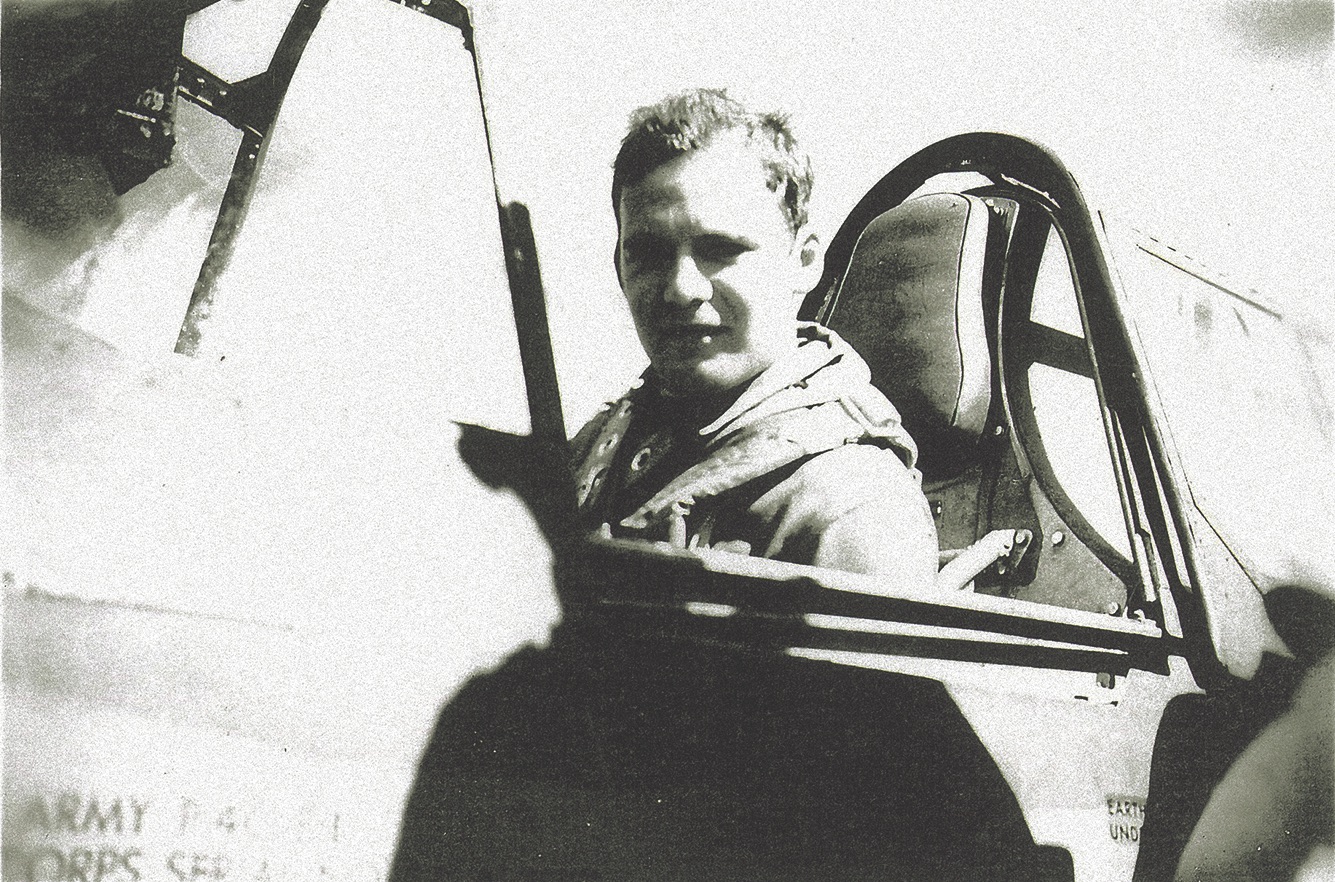Pilots involved in the mission to kill Isoroku Yamamoto reported seeing Hine’s left engine smoking, but no one saw him go down.
Q: In the U.S.’s 1943 ambush and assassination of Japanese admiral Isoroku Yamamoto, the P-38 flown by Lieutenant Raymond K. Hine did not return. What happened to him? Was his plane or body ever found? —Sidney J. Sanders, Reserve, La.
A: First Lieutenant Raymond K. Hine, a tall, boyish-looking fighter pilot originally from Indiana, was wingman to First Lieutenant Besby F. Holmes during the mission to kill Isoroku Yamamoto, architect of the Pearl Harbor attack.
When they departed Guadalcanal on April 18, 1943, Hine and Holmes were part of the cover unit assigned to protect the four pilots selected by mission commander Major John W. Mitchell to shoot down the Japanese admiral’s plane. When two of the four had to drop out shortly after takeoff, Hine and Holmes took their place in the attack unit. Miraculously, the American pilots intercepted Yamamoto in his Mitsubishi G4M “Betty” bomber over Bougainville, as Mitchell had planned. But Holmes initially was unable to shed his belly tanks and veered off. Hine, as wingman, dutifully accompanied him. Once Holmes was ready, both pilots turned back to enter the fray, fighting the Japanese Mitsubishi A6M “Zeros” escorting Yamamoto. One of the other attack pilots, First Lieutenant Rex T. Barber, later said he witnessed Hine and Holmes being chased by a Zero while firing on a second Betty bomber. Barber said the next thing he knew, “Hine disappeared.” Other pilots reported seeing Hine’s left engine smoking, but no one saw him go down.
Before heading back to Guadalcanal, Barber tried to locate Hine: “I could see nothing, no splash or anything, and planes falling always left a big circle of bubbles and the like in the water.” Mission leader Mitchell always lamented losing Hine. “A very sad thing,” he said later, noting, “He was a good pilot.” Mitchell’s wingman, First Lieutenant Julius “Jack” Jacobson, was Hine’s tentmate and wrote in his diary that Ray was “one of the finest boys I have ever known.” Neither Raymond Hine nor his P-38 Lightning were ever found. Hine was posthumously awarded the Navy Cross. ✯
—Dick Lehr, author of Dead Reckoning, a 2020 book on the Yamamoto mission
Send queries to: worldwar2@historynet.com
This article was published in the February 2021 issue of World War II.





